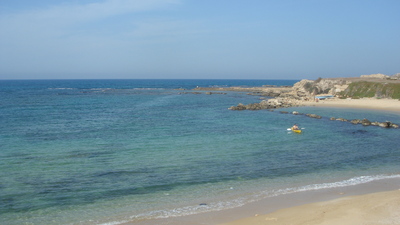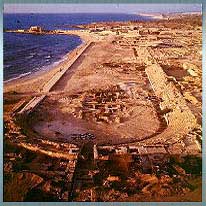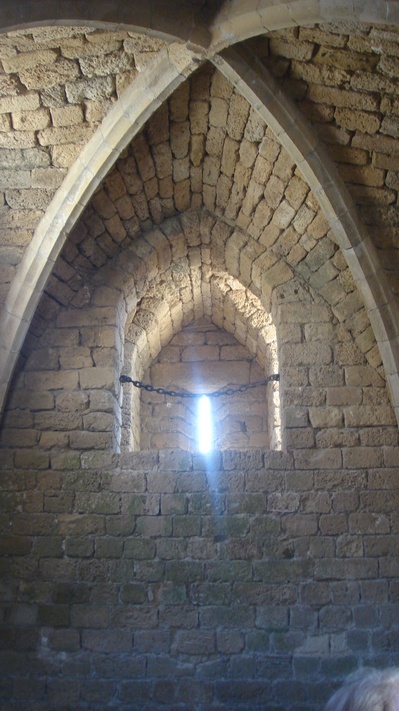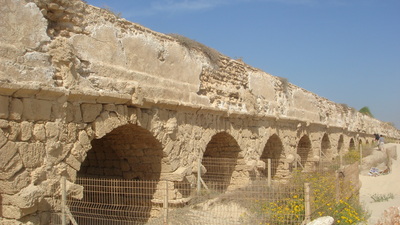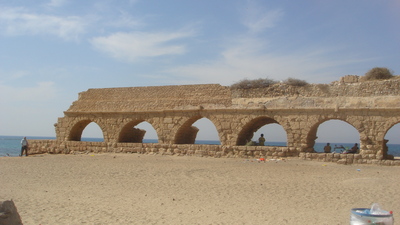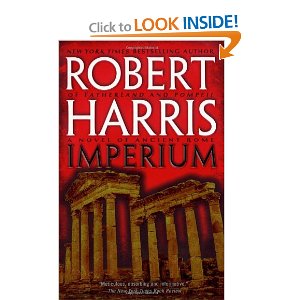At the end of my very brief four the BBC, I managed to have a few hours catching up with the latest at Caesarea Maritima, where we now can find an amazing ocean front hippodrome (no its not where they race hippos!— hippus means horse). Caesarea was the seaport that Herod built from scratch, so that his country would in fact have a port, and it later became the provincial headquarters for the province of Judea, rather than Jerusalem being that. It is here were Pilate and Festus and Felix as the proconsuls of the province lived. It was here where Paul was incarcerated with Luke attending for two years. And it was here that Philip and his daughters resided as well. It later became an important location for the Crusaders who built a fortress here, as we shall see. Herod’s building plan included a harbor, a great theater, a residence, and various other things. Below you will find some pictures and explanations.
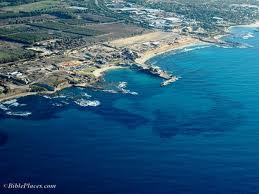
Here is an aerial view (thanks to Bible Views for taking this picture). You will see there was one main enclosed harbor and several smaller ones. Below are my shots of the enclosed harbor today.
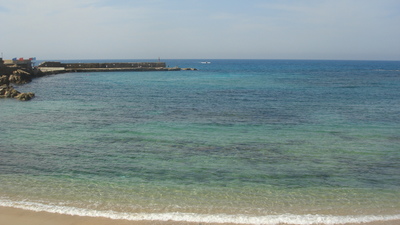
To get a more complete visual image, here is a reconstruction displayed at the park itself—
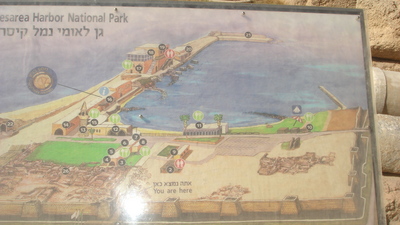
And here, from a Catholic father’s website (Mark White) is a further recreation….
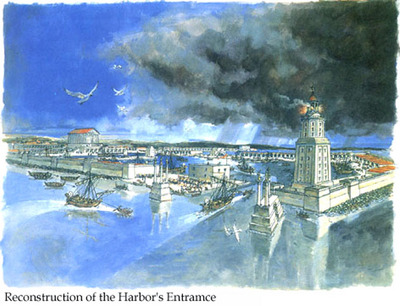
The most interesting new part of the excavation is the hippodrome by the sea, the great race course on the sand. This first shot shows it from the main entrance to the harbor, look at the top left of the picture, and the second aerial shot shows it better.
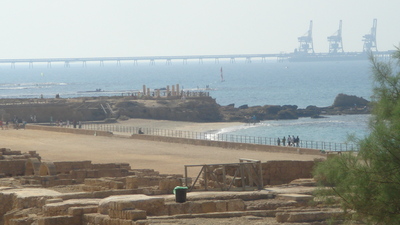
The Romans, naturally enough, expanded what Herod had originally designed. Here is a schematic of the Roman blueprint, so to speak.
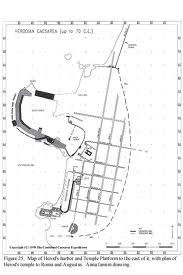
There has indeed been found evidence of Pontius Pilate’s presence here.
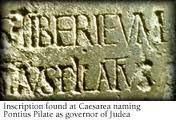
The nature of incarceration in this place would be that the prisoner, who was only in a holding pattern until justice was served, would have had to provide for himself. Paul was apparently in a modified sort of house arrest, with local Christians like Philip, and Luke, meeting his needs. Luke probably used these two years as well to research much of the early parts of his account in Acts. This site is then quite important for the history of early Christianity, but also for its later history as well. Below is the entrance way, and inside the front gate of the Crusader fortress.
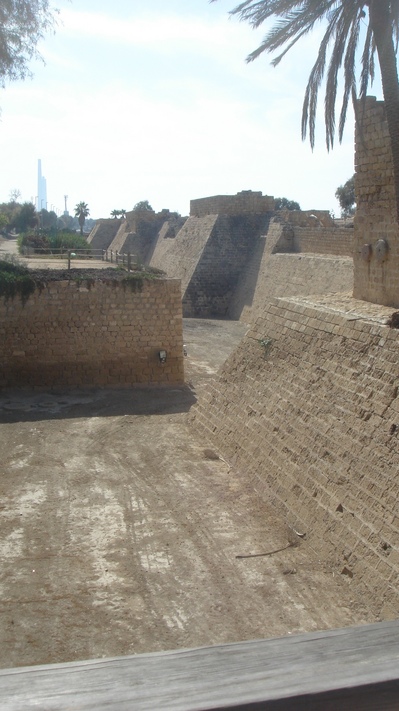
There was just one little problem with building a city by the sea—- no potable or fresh water! The Romans however, were undaunted. Their legions buily an enormous aqueduct right on the beach heading north all the way up towards Mt. Carmel to find a source of ‘living water’.
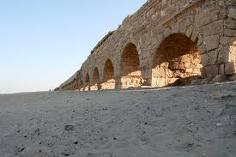
We know the legions built this aqueduct because they left their trademark, their symbol with their legion number built right into one of the middle of one of these arches.
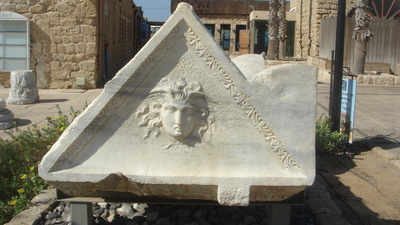
There is so much more to see, including Herod’s theater, where, according to Josephus, Herod Agrippa was struck down by God for trying to display himself as a god walking on the earth—- Epiphanes.
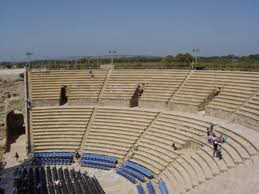
One of the constant challenges of Biblical archaeology is how much to reconstruct, and how much to leave the ruins in ruins. As you can see, there is a lot of reconstruction at Herod’s theater, not least so plays and musical performances can be held there. But alas, much of the ancient look of the theater has been lost. You would do better to see the theater at Aspendos in Turkey. This theater however must have been spectacular in its day, facing as it did the setting sun.




